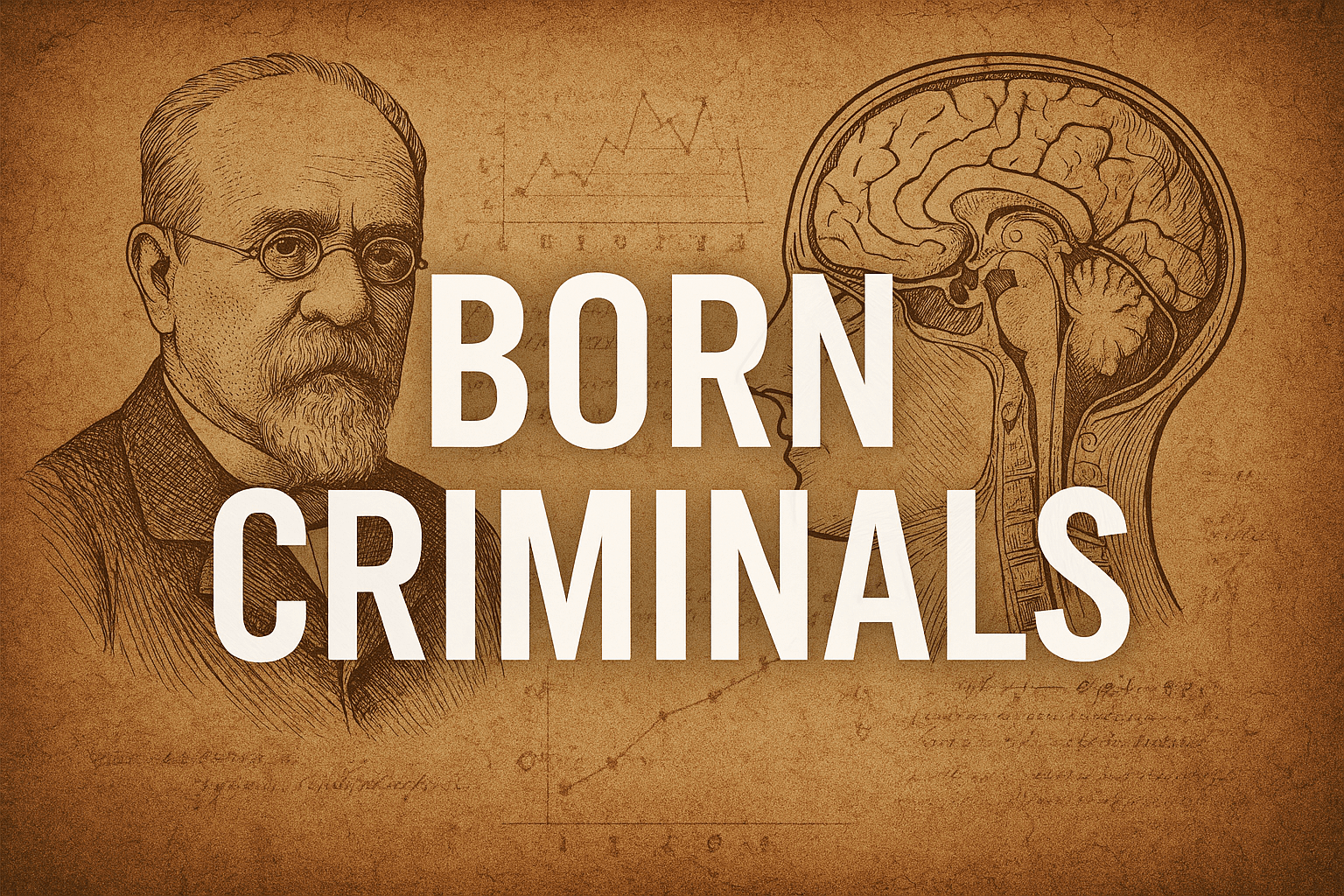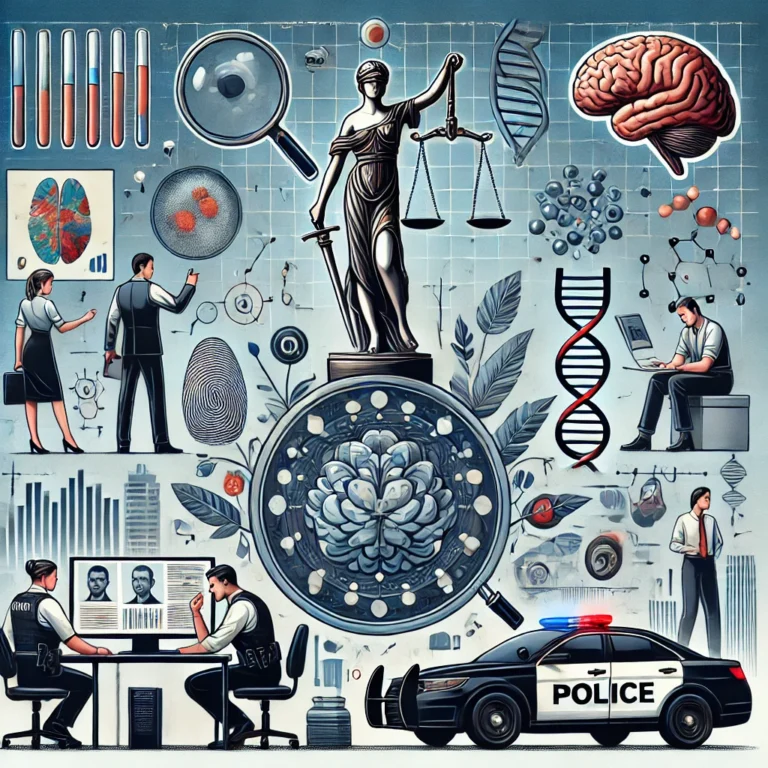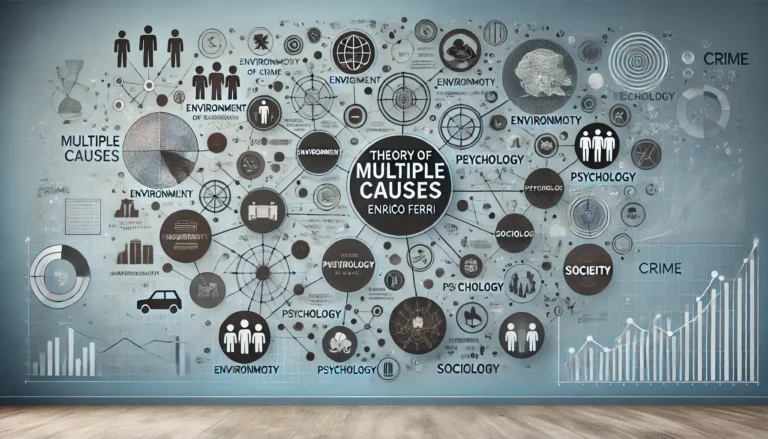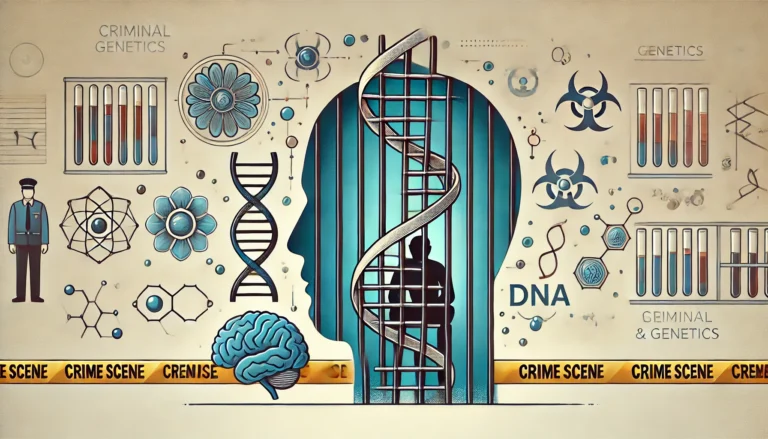Born Criminals: Exploring the Origins, Science, and Controversy Behind Criminal Behavior
Introduction
The term “born criminals” refers to individuals who are presumed to possess innate tendencies toward criminal behavior, attributed to biological or hereditary factors. This idea has generated intense debate in criminological thought, with its roots stretching back to the 19th century. Often associated with the Italian criminologist Cesare Lombroso, the theory of born criminals marked a significant departure from the classical belief in free will and rational choice. Instead, it introduced the notion of biological determinism, positing that certain people are genetically predisposed to criminality. While modern science has largely moved beyond Lombroso’s deterministic views, the notion of biological influences on behavior remains a topic of interest in fields such as genetics, neuroscience, and psychology. This article delves into the historical foundations, key characteristics, criticisms, and ongoing debates surrounding the concept of born criminals.
Historical Background
The idea of criminal behavior being inborn is not new, but it was systematized and popularized in the 19th century by Cesare Lombroso. A physician and criminologist, Lombroso is often referred to as the father of modern criminology due to his pioneering work in the field of criminal anthropology. In his seminal work, “L’Uomo Delinquente” (The Criminal Man), first published in 1876, Lombroso argued that criminals represent a distinct biological category of people who are evolutionary throwbacks or “atavists.” He claimed that born criminals could be identified by certain physical anomalies—such as asymmetrical faces, large jaws, or abnormal cheekbones—that signaled their primitive nature.
Lombroso’s theory was influenced by contemporary developments in evolutionary biology, especially the work of Charles Darwin. He believed that criminality was a form of regression to a more primitive human state and that such individuals were less evolved than law-abiding citizens. His research involved studying the skulls and bodies of criminals and comparing them with those of non-criminals, leading him to conclude that physical traits could reveal a person’s criminal disposition.
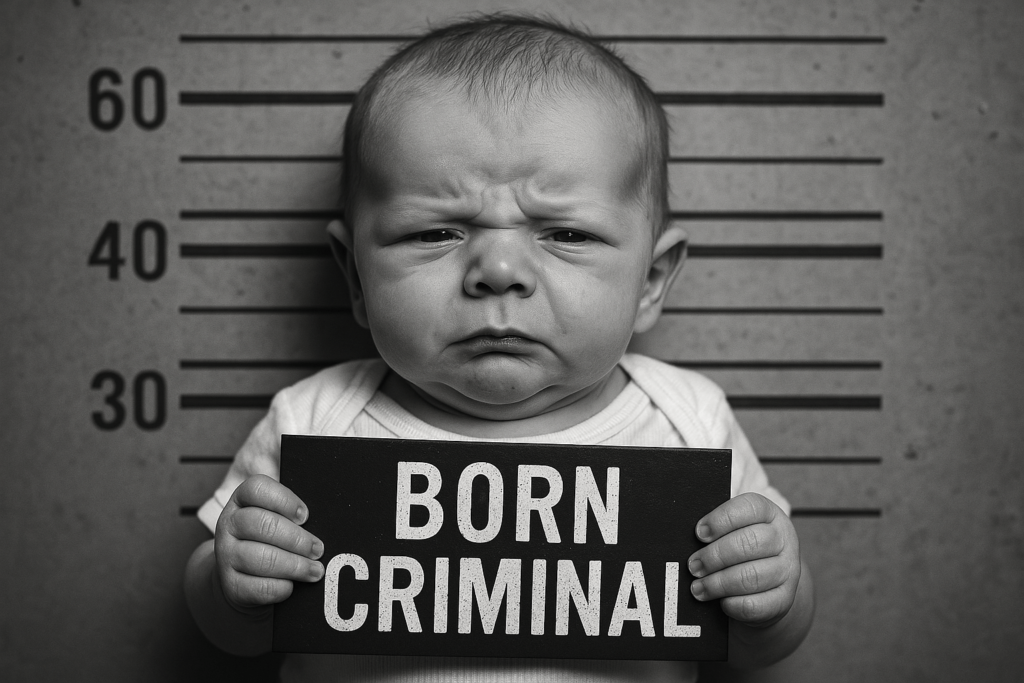
Physical and Psychological Traits of Born Criminals
Physical Traits
Lombroso identified a series of physical stigmata—observable traits that he believed were markers of criminality. These included:
- Asymmetry of the face or head
- Large or protruding jaws
- High cheekbones
- Long arms
- Ears of unusual size or shape
- Flattened or upturned noses
- Excessive wrinkles on the face
He argued that these features were signs of an atavistic nature, indicating a reversion to a more animalistic and less civilized form of humanity.
Psychological Traits
Beyond physical traits, Lombroso also claimed that born criminals exhibited certain psychological and behavioral characteristics, such as insensitivity to pain, lack of remorse, impulsiveness, and a tendency toward violence and criminal acts.
Modern psychology and neuroscience have explored the idea that genetic and neurological factors may influence behavior. Although these studies have not confirmed the existence of “born criminals” per se, they suggest that certain predispositions, such as impulsivity, aggression, or lack of empathy, may have biological underpinnings. However, these traits are not deterministic and interact complexly with environmental and social influences.
Criticism of the Born Criminal Theory
Lombroso’s theory received significant criticism, both during his lifetime and after. One of the main critiques centered on his methodology, which lacked scientific rigor and often involved small, unrepresentative samples. Many of the physical traits he identified were common among the general population, and there was little evidence to support a direct causal link between these traits and criminal behavior.
Additionally, Lombroso’s work was criticized for its deterministic implications, as it suggested that individuals had little control over their actions and were doomed to a life of crime due to their biology. This view was at odds with classical criminology, which emphasized rational choice and free will. Critics also pointed out the ethical dangers of labeling individuals based on physical appearance, which could lead to discrimination and stigmatization.
The rise of sociological criminology in the 20th century further challenged Lombroso’s ideas, emphasizing the role of social structures, economic conditions, and cultural influences in shaping behavior. The Chicago School, for example, highlighted how factors such as poverty, neighborhood environment, and social disorganization contributed to criminality.
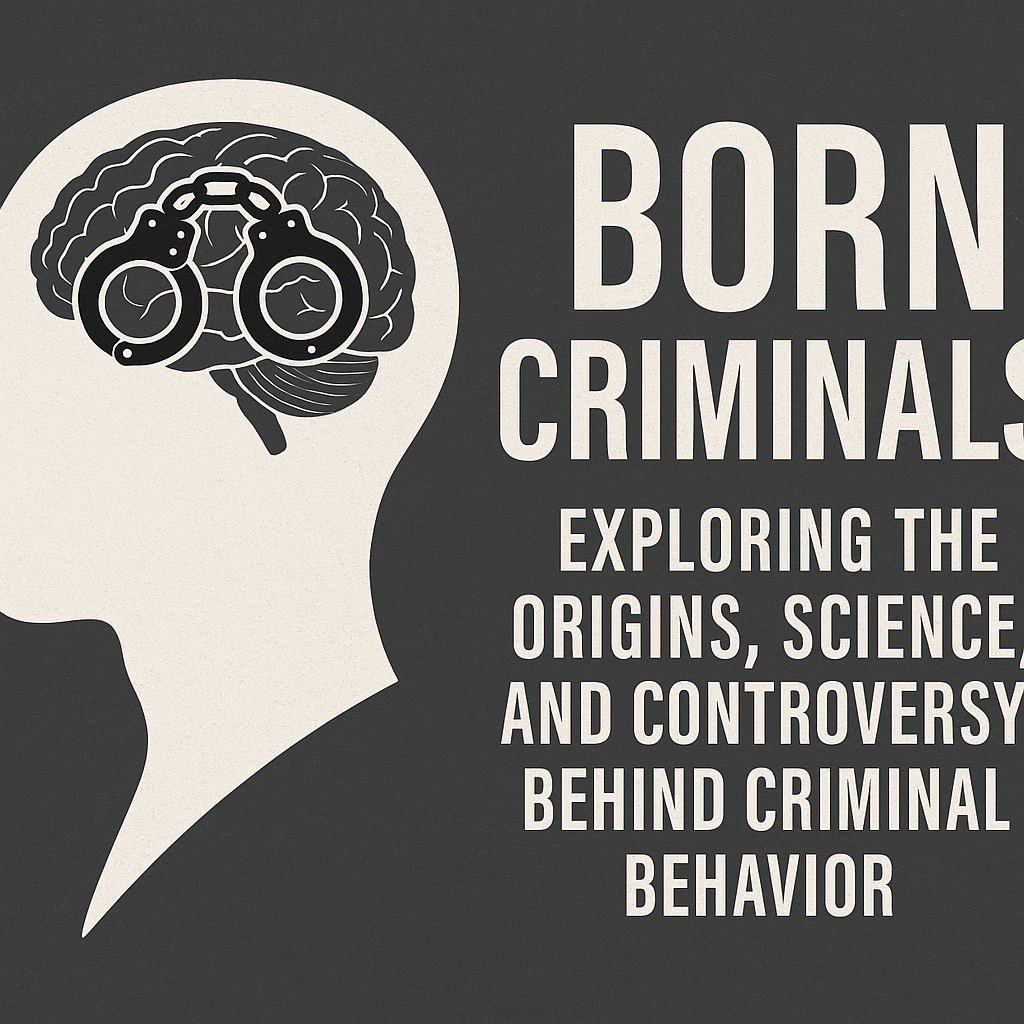
Revival in Modern Criminology
Despite the discrediting of Lombroso’s theory, the idea that biology plays a role in criminal behavior has seen a resurgence in recent decades, thanks to advances in genetics and neuroscience. Researchers have investigated the heritability of traits such as aggression and impulsivity through twin and adoption studies. For example, studies comparing identical and fraternal twins have shown that genetic factors can account for a significant portion of the variance in antisocial behavior.
Neurocriminology
Neurocriminology, a field that combines neuroscience and criminology, has explored how brain structure and function may relate to criminal behavior. Brain imaging studies have found abnormalities in the prefrontal cortex and amygdala of individuals with antisocial personality disorder, suggesting a potential neurological basis for impaired decision-making and emotional regulation.
Neurotransmitters and Behavior
Moreover, the role of neurotransmitters, such as serotonin and dopamine, has been examined in relation to aggression and risk-taking behavior. While these biological factors do not determine behavior outright, they may contribute to a predisposition when combined with environmental stressors.
Impact on Criminal Justice Systems
The theory of born criminals had significant implications for criminal justice systems, especially in the late 19th and early 20th centuries. It influenced the development of the positivist school of criminology, which advocated for the scientific study of crime and the treatment of offenders based on their individual characteristics.
However, the idea also led to troubling policies, such as eugenics programs aimed at sterilizing individuals deemed “unfit” to reproduce. In some countries, these policies disproportionately targeted marginalized communities and were justified by the belief in hereditary criminality. These practices raised serious ethical and human rights concerns.
In more recent times, the focus has shifted toward rehabilitation and prevention, recognizing the complex interplay of biological, psychological, and social factors in criminal behavior. Risk assessment tools used in sentencing and parole decisions sometimes incorporate biological or psychological data, but they must be used with caution to avoid reinforcing biases or violating individual rights.
Contemporary Debate: Nature vs. Nurture
The ongoing debate over the origins of criminal behavior often centers on the nature versus nurture dichotomy. While Lombroso leaned heavily toward nature, most contemporary scholars recognize that both biological and environmental factors contribute to criminality. The concept of a “born criminal” is generally seen as overly simplistic and deterministic.
Epigenetics and Environmental Influence
Epigenetics, the study of how environmental factors influence gene expression, has added a new dimension to this debate. Research shows that experiences such as trauma, abuse, or neglect can affect how genes related to stress response and emotional regulation are expressed, potentially increasing the risk of antisocial behavior.
Thus, rather than being born criminals, individuals may be born with certain vulnerabilities that, when combined with adverse environments, increase the likelihood of engaging in criminal behavior. This nuanced understanding has implications for early intervention, mental health services, and social support systems.
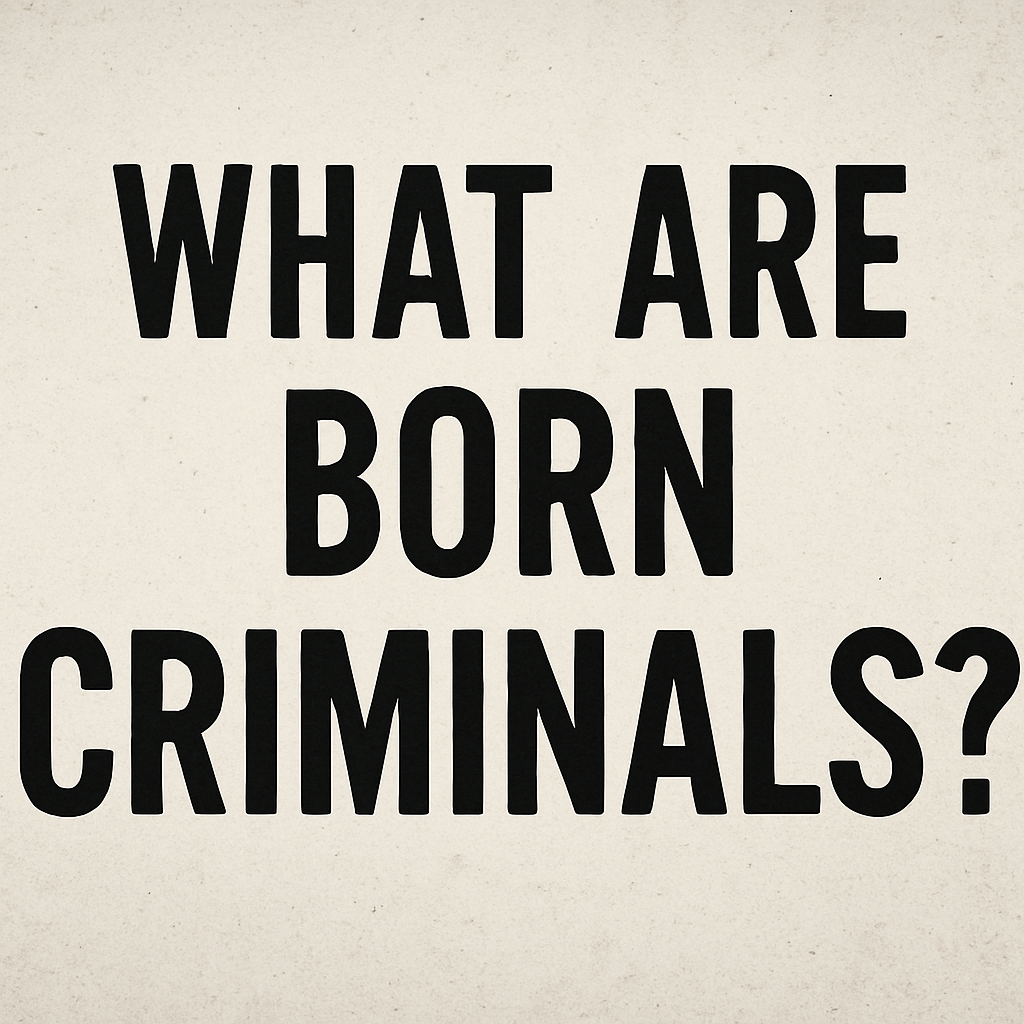
Conclusion
The concept of born criminals has played a significant role in the history of criminology, shaping how society understands and responds to crime. While the deterministic views of Lombroso have been largely discredited, the idea that biology influences behavior remains relevant in contemporary research. Modern science supports a more integrated perspective that considers genetic, neurological, psychological, and social factors in explaining criminal behavior.
Ultimately, recognizing the multifaceted nature of criminality can help inform more effective and humane approaches to justice, focusing not only on punishment but also on prevention, rehabilitation, and social equity. The legacy of the born criminal theory serves as a reminder of the dangers of simplistic explanations and the importance of ethical considerations in scientific inquiry and public policy.
📚 References
- Lombroso, C. (1876). L’uomo delinquente (The Criminal Man). Milan: Hoepli.
(Original foundational text introducing the born criminals theory.) - Horn, D. G. (2003). The Criminal Body: Lombroso and the Anatomy of Deviance. New York: Routledge.
(A historical and critical exploration of Lombroso’s work and its implications.) - Rafter, N. H. (2006). Criminal Bodies: Essays in the Historical Sociology of Punishment, Discipline and Power. New York: Palgrave Macmillan.
(Discusses the legacy of biological criminology and born criminal theories.) - Walsh, A., & Beaver, K. M. (2009). Biosocial Criminology: New Directions in Theory and Research. New York: Routledge.
(Explores modern perspectives on the biological and genetic roots of criminal behavior.) - Goring, C. (1913). The English Convict: A Statistical Study. London: HMSO.
(A rebuttal to Lombroso’s theories using statistical data on English convicts.) - Raine, A. (2013). The Anatomy of Violence: The Biological Roots of Crime. New York: Pantheon.
(Modern neurocriminology work that revisits the biological basis of crime, relevant to the born criminals debate.) - Schmalleger, F. (2022). Criminology Today: An Integrative Introduction (9th ed.). Boston: Pearson.
(A comprehensive overview of criminological theories including biological perspectives.) - Bartol, C. R., & Bartol, A. M. (2020). Criminological Theory: A Text/Reader (4th ed.). Thousand Oaks, CA: Sage.
(Provides both classic readings and contemporary analyses of major criminological theories.)

